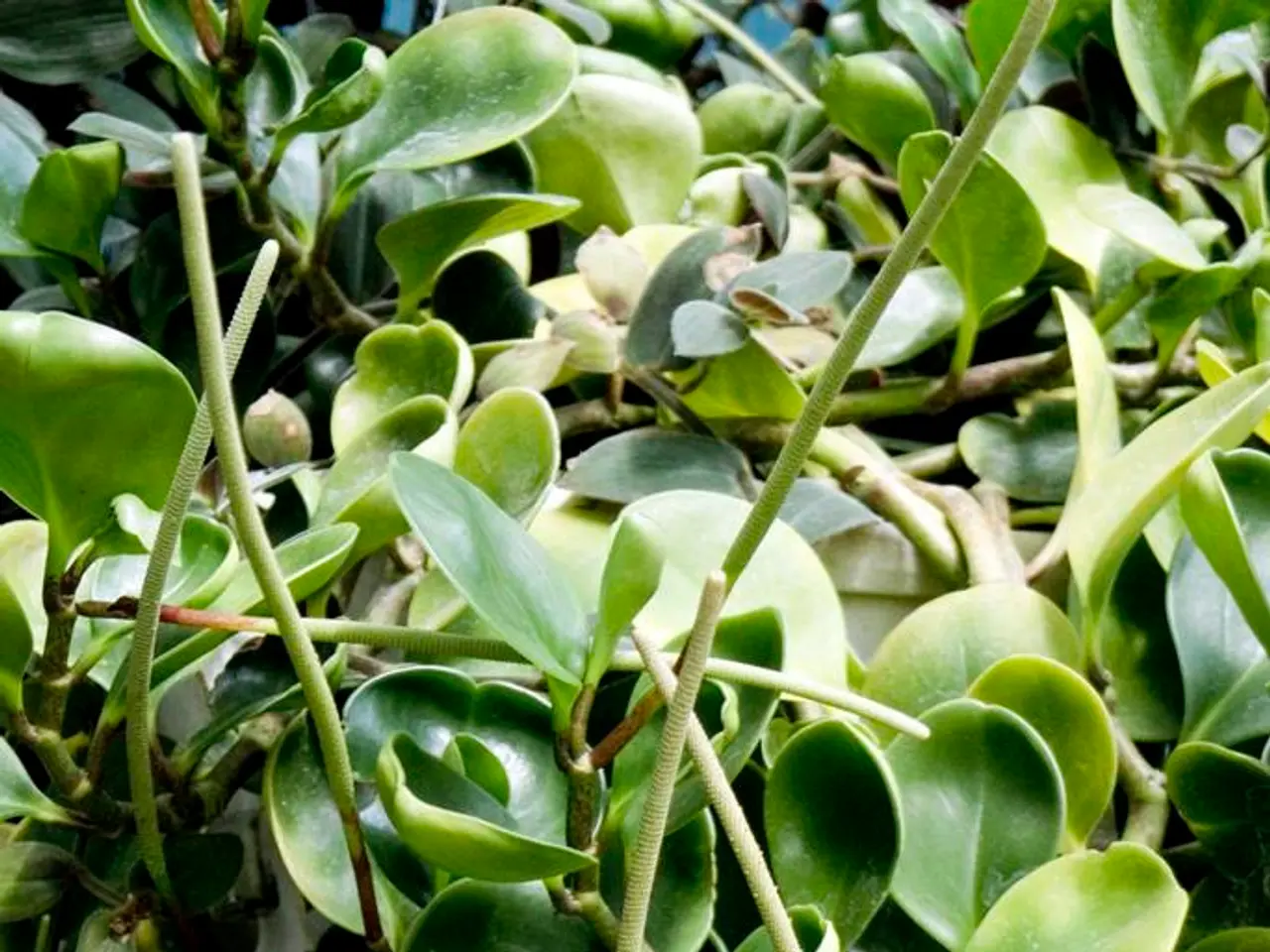Water Wick: Utilizing for Continuous Houseplant Hydration During Absence
In the world of gardening, water wick systems have emerged as a popular and efficient method for watering plants. These systems, which use a wick made of absorbent materials like cotton or felt, transport water from a reservoir to the plant's root zone through capillary action. This gradual and consistent watering ensures that plants receive only the water they need, reducing the risk of overwatering.
### How a Water Wick System Works
At the heart of a water wick system is a water reservoir, which can be placed below or beside the plant pot or tray. A wick connects the reservoir to the soil or growing medium, absorbing water from the reservoir. The water then travels up the wick via capillary action, keeping the soil moist. The plant roots take up the moisture as needed, maintaining an ideal hydration level.
### DIY Ideas for Implementing a Water Wick System
1. **Self-Watering Pot with Wick** By using a pot with a water reservoir at the bottom, inserting a cotton or felt wick through a hole in the pot to touch both the water reservoir and the soil, and filling the reservoir, you can create a simple self-watering pot. A light, absorbent soil mix, such as peat moss, coco coir, or perlite, supports proper wicking.
2. **Hydroponic Wick System** A shallow tray with holes drilled at the bottom can be used as a hydroponic wick system. Attach one or two wicks through these holes, with the other ends submerged in a nutrient-rich water reservoir below. Fill the tray with a soilless growing medium like vermiculite or perlite, place seedlings or plants in the medium, and the wick will provide constant moisture.
3. **Wicking Bed for Larger Scale Gardening** For larger scale gardening, construct a raised bed with a waterproof liner to hold a water reservoir beneath the soil layer. Use a layer of sand or fine particles in the reservoir, separate the reservoir and soil with a geotextile fabric, fill the bed with a vegetable-friendly soil mix, and plant directly into it. Fill the reservoir once a week or as needed; the soil will wick moisture from below.
### Benefits of Water Wick Systems
Water wick systems offer several advantages. They reduce water wastage by delivering moisture directly to the roots, maintain consistent soil moisture without overwatering, and are ideal for people who cannot water plants frequently. These systems are simple, mechanical, and require no pumps or electricity.
These systems are widely used in commercial self-watering planters and can easily be adapted for home gardening or small hydroponic setups. If you want to try a basic DIY project, the simplest method is to place a cotton wick from a water container into your potted plant's soil. For more sophisticated setups like wicking beds or hydroponics, some construction and materials (geotextile fabric, proper growing media) are advised for best results.
With their ability to self-water plants, ease of maintenance and harvesting, rainwater capture, reduction of runoff and nutrient loss, space-saving, deterrence of fungal gnats and other pests, and more efficient water use, water wick systems are a valuable tool for gardeners of all skill levels.
- For those interested in home-and-garden projects, a self-watering pot with a wick can be an ideal solution for maintaining an optimal lifestyle balance, as it requires minimal attention while keeping plants well-hydrated.
- By implementing a hydroponic wick system, gardening enthusiasts can expand their home-and-garden hobbies, enjoying the satisfaction of growing their own plants in a systematic and efficient manner, thanks to the water wick system's consistent watering capability.








